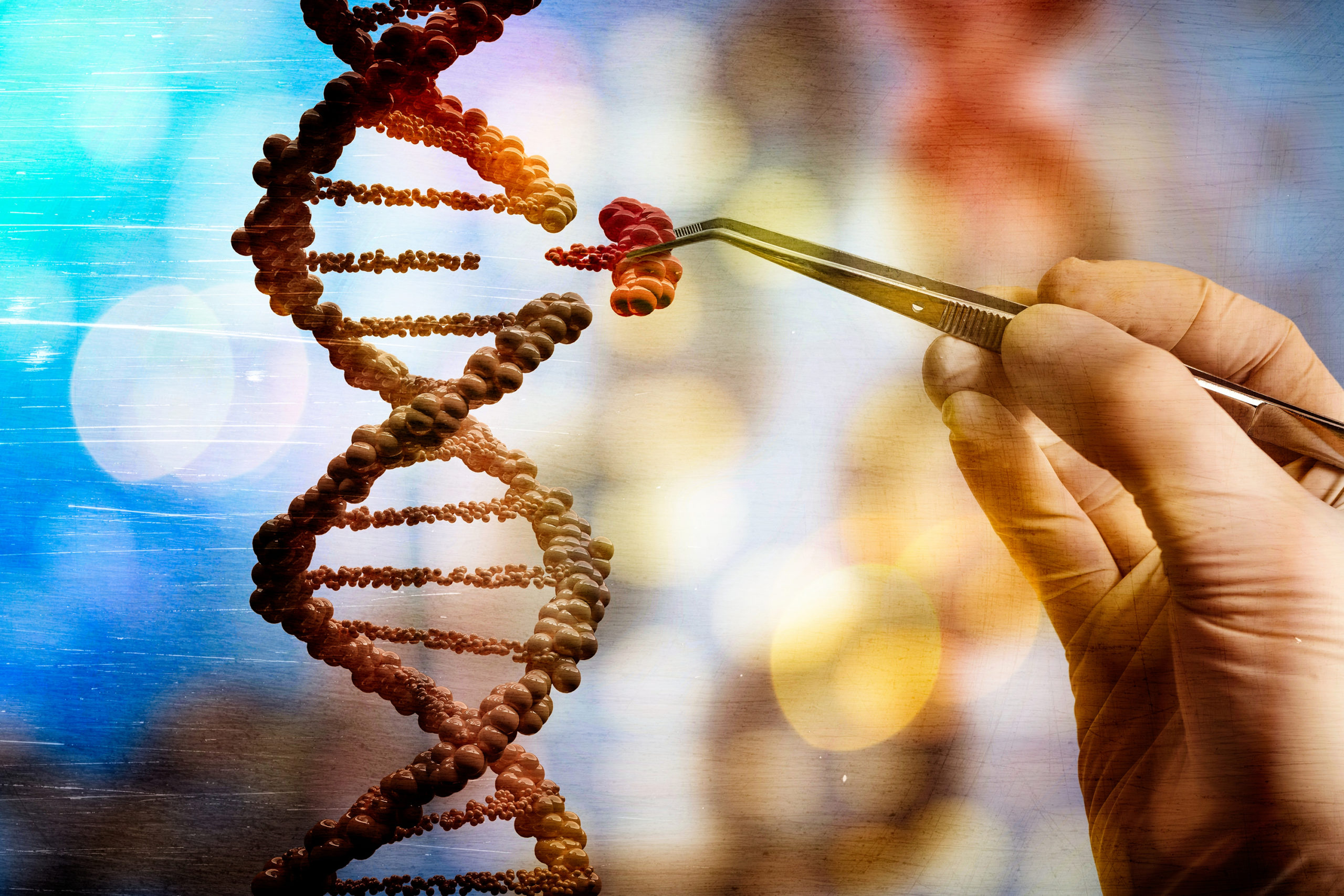Investigating the potential of using CRISPR gene-editing technology for curing genetic diseases
In recent years, CRISPR gene-editing technology has been a game-changer in the field of genetic research. It has opened up new horizons in the fight against genetic diseases by allowing scientists to modify the DNA of living organisms with a precision never before possible. CRISPR is an acronym for Clustered Regularly Interspaced Short Palindromic Repeats, and it refers to a revolutionary technique that has the potential to cure a wide range of genetic disorders. In this article, we will explore the potential of CRISPR gene-editing technology for curing genetic diseases.
CRISPR: A Breakthrough in Gene Editing
CRISPR gene-editing technology is a revolutionary technique that allows scientists to precisely and efficiently cut and manipulate DNA. It is a breakthrough in gene editing because it is much faster, cheaper, and more accurate than previous methods. CRISPR was first discovered in bacteria, where it is used as a defense mechanism against viral infections. Scientists have adapted the system to edit DNA in living organisms, including humans.
How CRISPR Works: A Simplified Explanation
CRISPR works by using a molecule called RNA to guide a protein called Cas9 to a specific location in the DNA. Cas9 then cuts the DNA at that location, allowing scientists to add or remove specific gene sequences. This technology has the potential to cure genetic diseases by correcting or replacing faulty genes. CRISPR is also being used to develop new treatments for cancer, HIV, and other diseases.
Can CRISPR Cure Genetic Diseases?
The potential of CRISPR gene-editing technology for curing genetic diseases is enormous. It has already been used to successfully treat genetic disorders such as sickle cell anemia and beta-thalassemia in animal models. The technology has also been used to cure genetic blindness in humans. However, there are still many technical and ethical challenges that need to be addressed before CRISPR can be widely used to cure genetic diseases in humans.
The Potential of CRISPR in Medicine
CRISPR has the potential to revolutionize medicine by providing a way to cure genetic diseases that were previously thought to be incurable. By editing the DNA of living organisms, scientists could cure diseases such as cystic fibrosis, muscular dystrophy, and Huntington’s disease. CRISPR could also be used to develop new treatments for cancer and HIV, which are currently difficult to treat.
Exciting Developments in CRISPR Research
There have been many exciting developments in CRISPR research in recent years. Scientists are using the technology to create new treatments for cancer, HIV, and other diseases. They are also using it to develop new ways to study the human genome and understand the underlying causes of genetic diseases. In addition, CRISPR is being used to create new genetically modified organisms that could have a wide range of applications in agriculture, industry, and the environment.
CRISPR’s Impact on the Future of Healthcare
The impact of CRISPR on the future of healthcare is hard to overstate. The technology has the potential to cure genetic diseases that were previously thought to be incurable. It could also lead to new treatments for cancer and HIV, which are currently difficult to treat. In addition, CRISPR could be used to develop new ways to study the human genome and understand the underlying causes of genetic diseases.
Ethical Considerations in CRISPR Technology
As with any new technology, there are ethical considerations that need to be taken into account when using CRISPR gene-editing technology. Some concerns include the potential for unintended consequences, such as off-target effects or unintended genetic changes. There are also concerns about the potential misuse of the technology, such as creating genetically engineered humans or animals.
The Road Ahead: Challenges and Opportunities
The road ahead for CRISPR gene-editing technology is full of challenges and opportunities. Scientists will need to address technical and ethical issues before the technology can be widely used to cure genetic diseases in humans. However, the potential benefits of the technology are enormous. If used responsibly, CRISPR could revolutionize the field of medicine and lead to new treatments for a wide range of diseases.
CRISPR gene-editing technology is a breakthrough in the field of genetic research, with enormous potential for curing genetic diseases. Although there are still many challenges to overcome, the future looks bright for CRISPR. As research continues, we can expect to see even more exciting developments in this field, which could lead to a revolution in the way we treat genetic diseases. With careful consideration of ethical issues and responsible use of the technology, CRISPR has the potential to change the world for the better.

